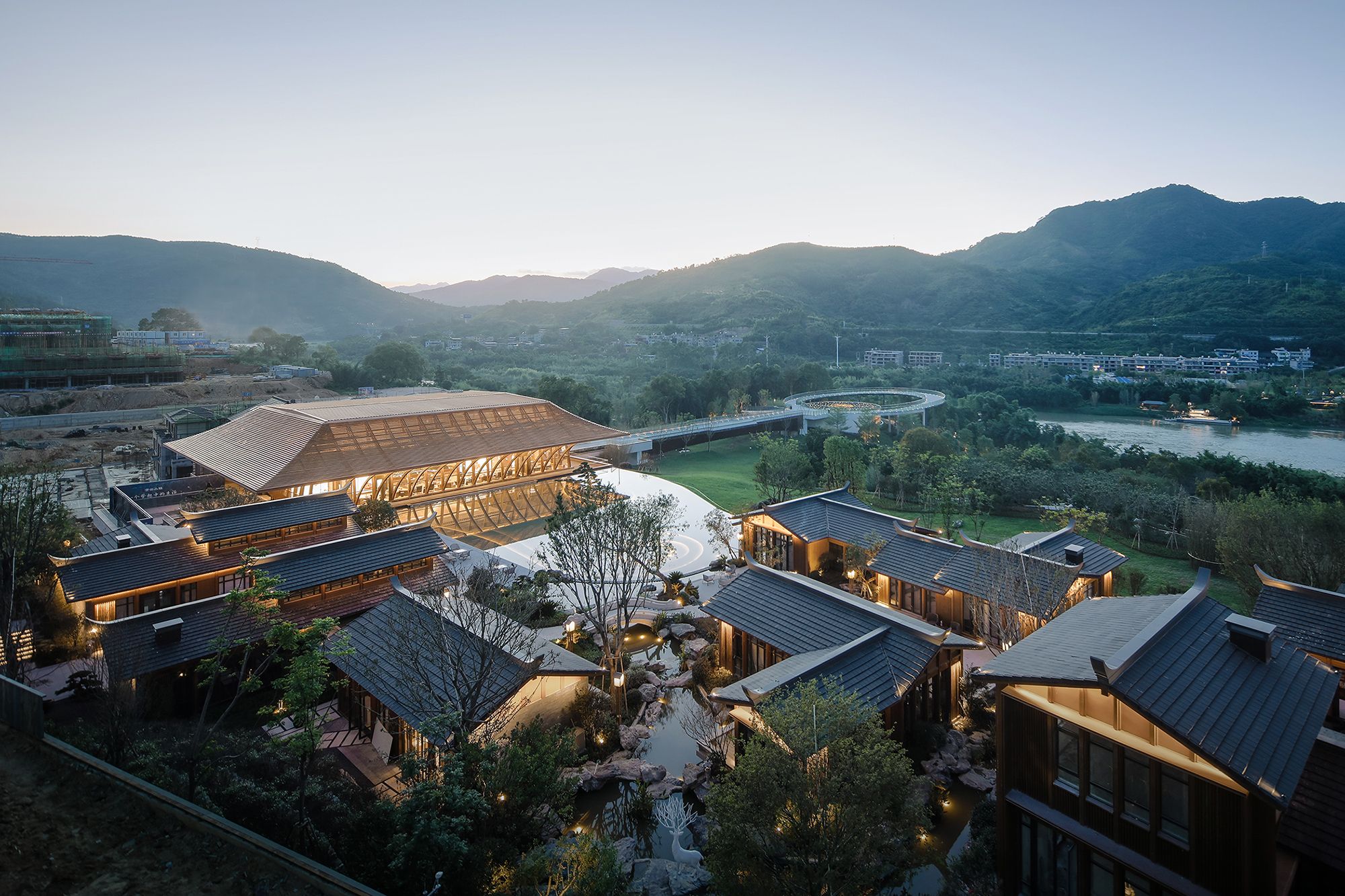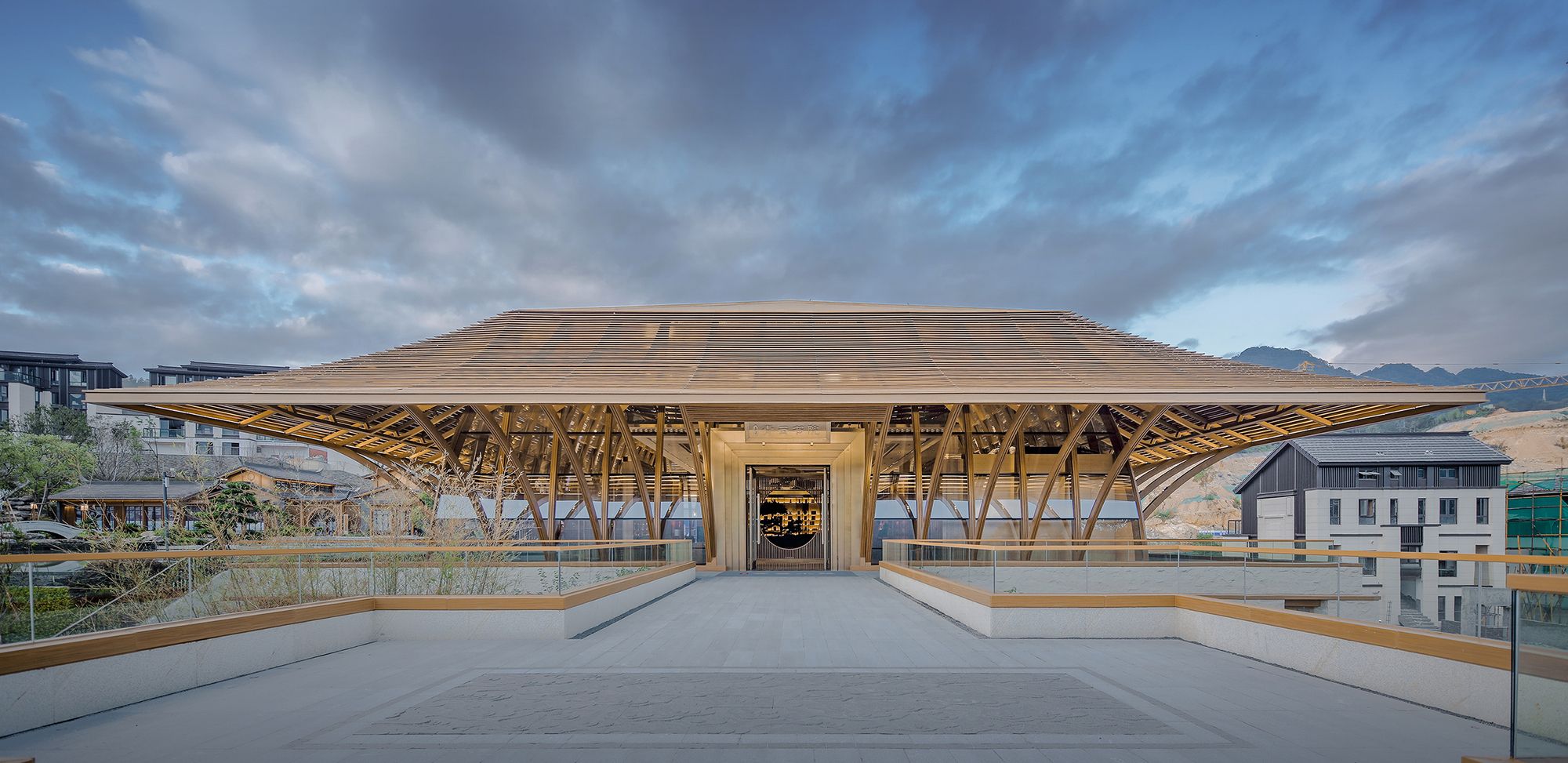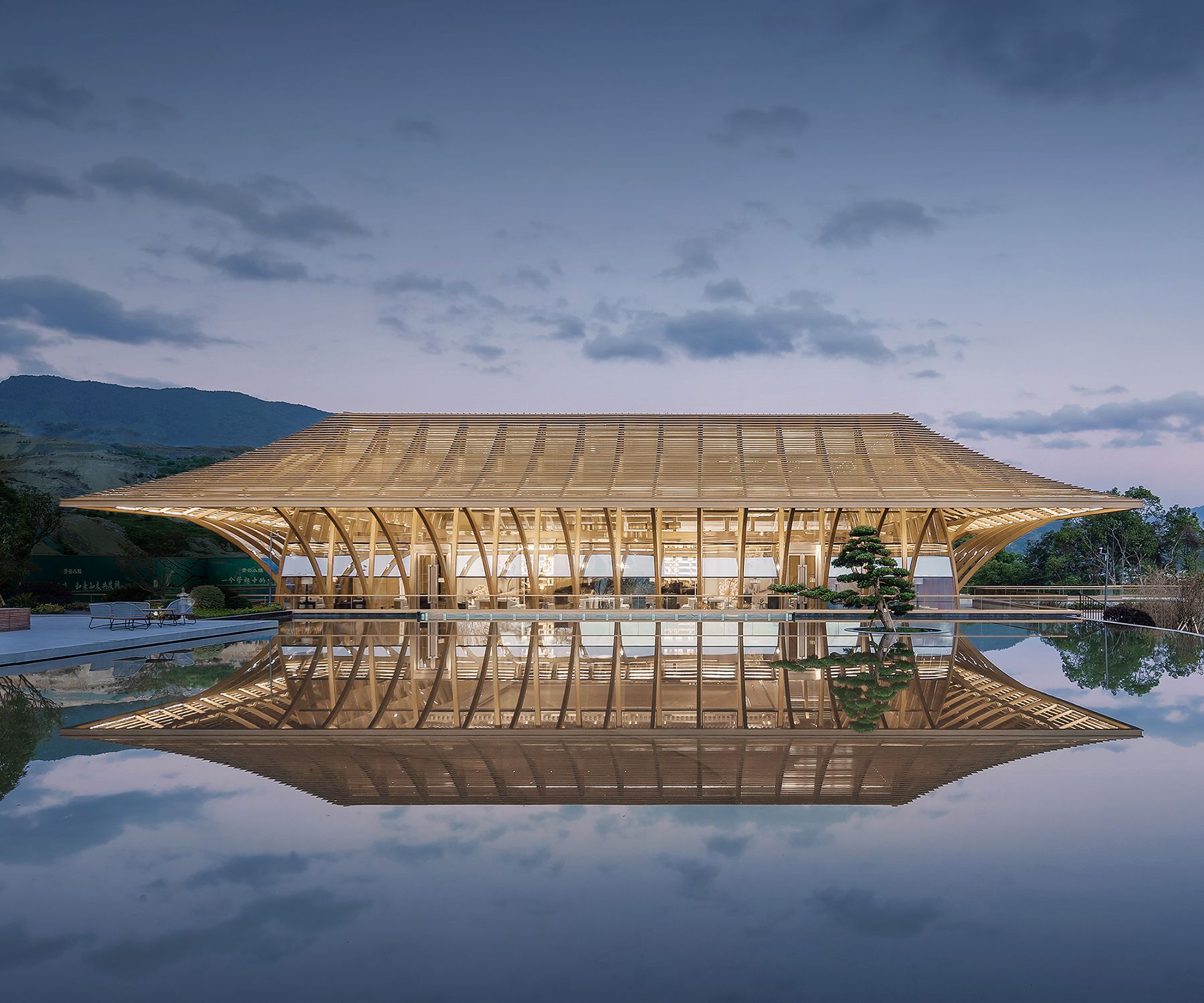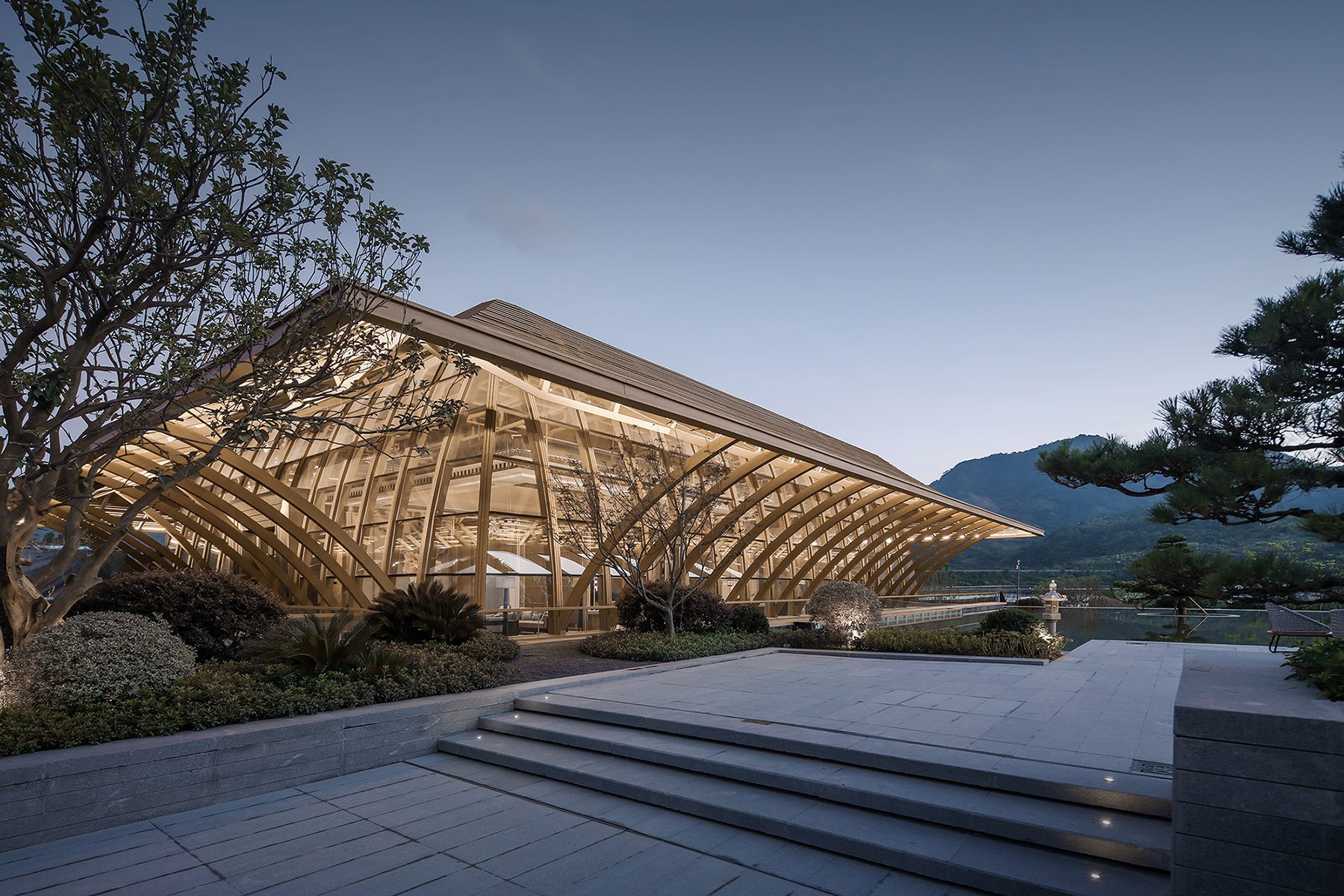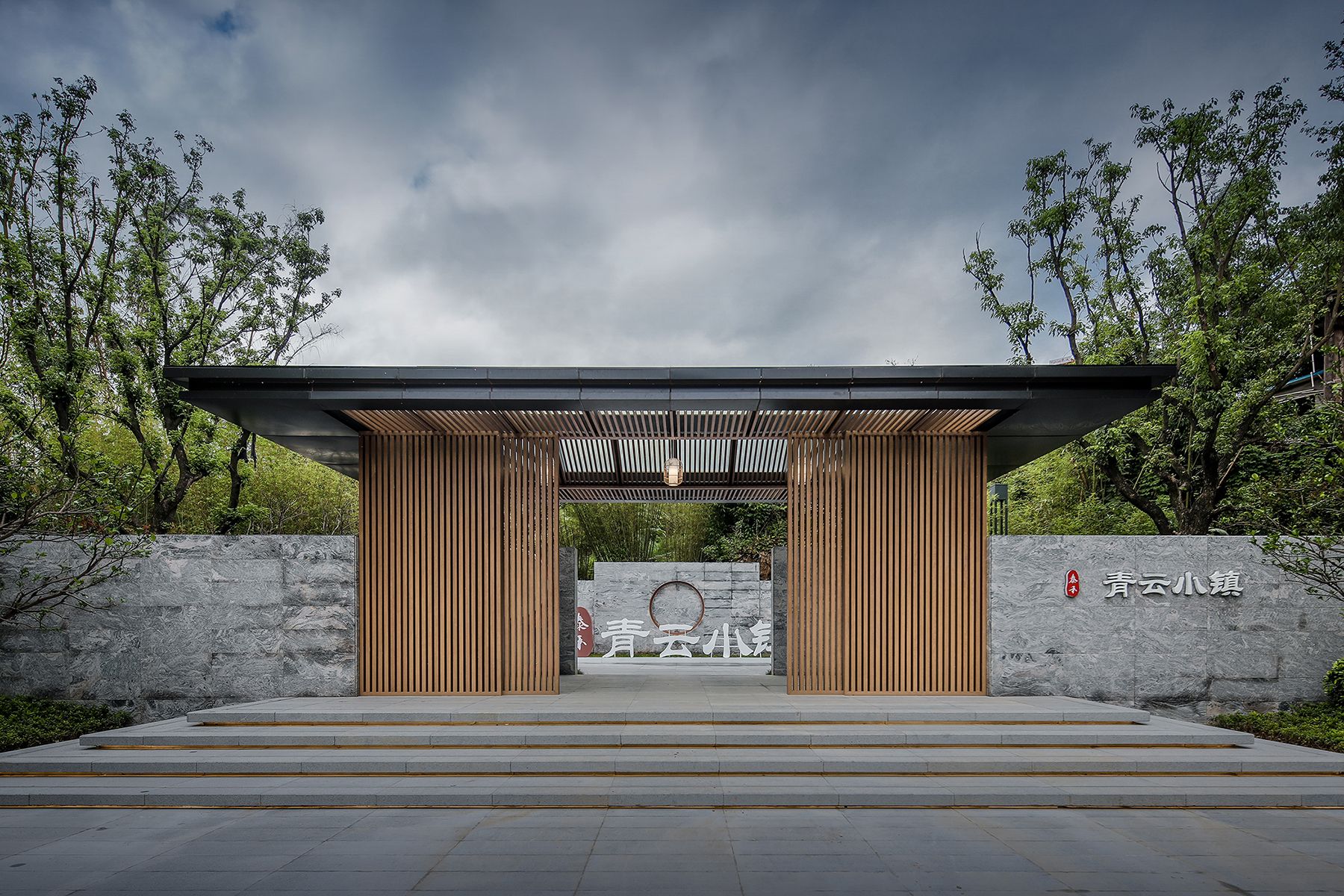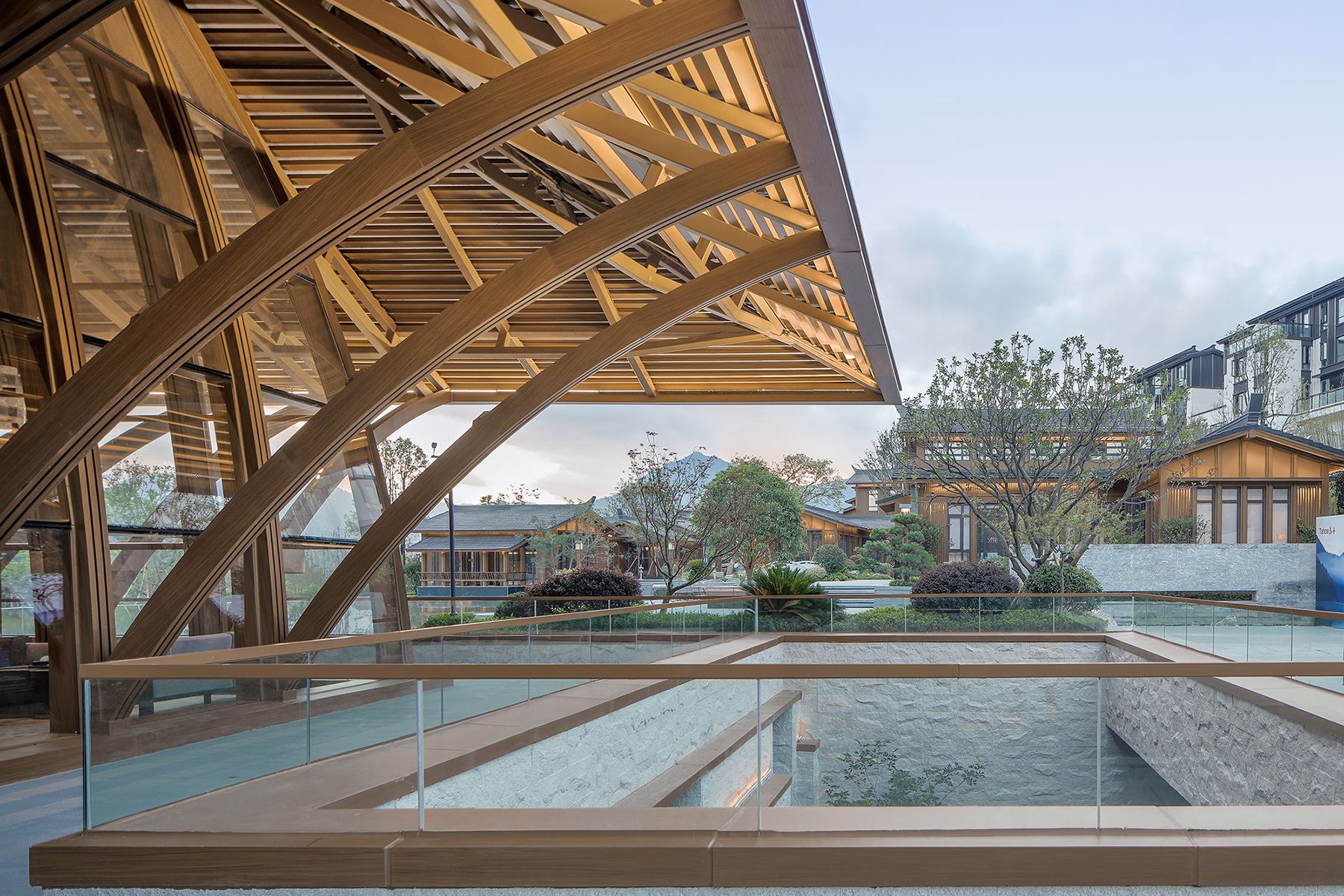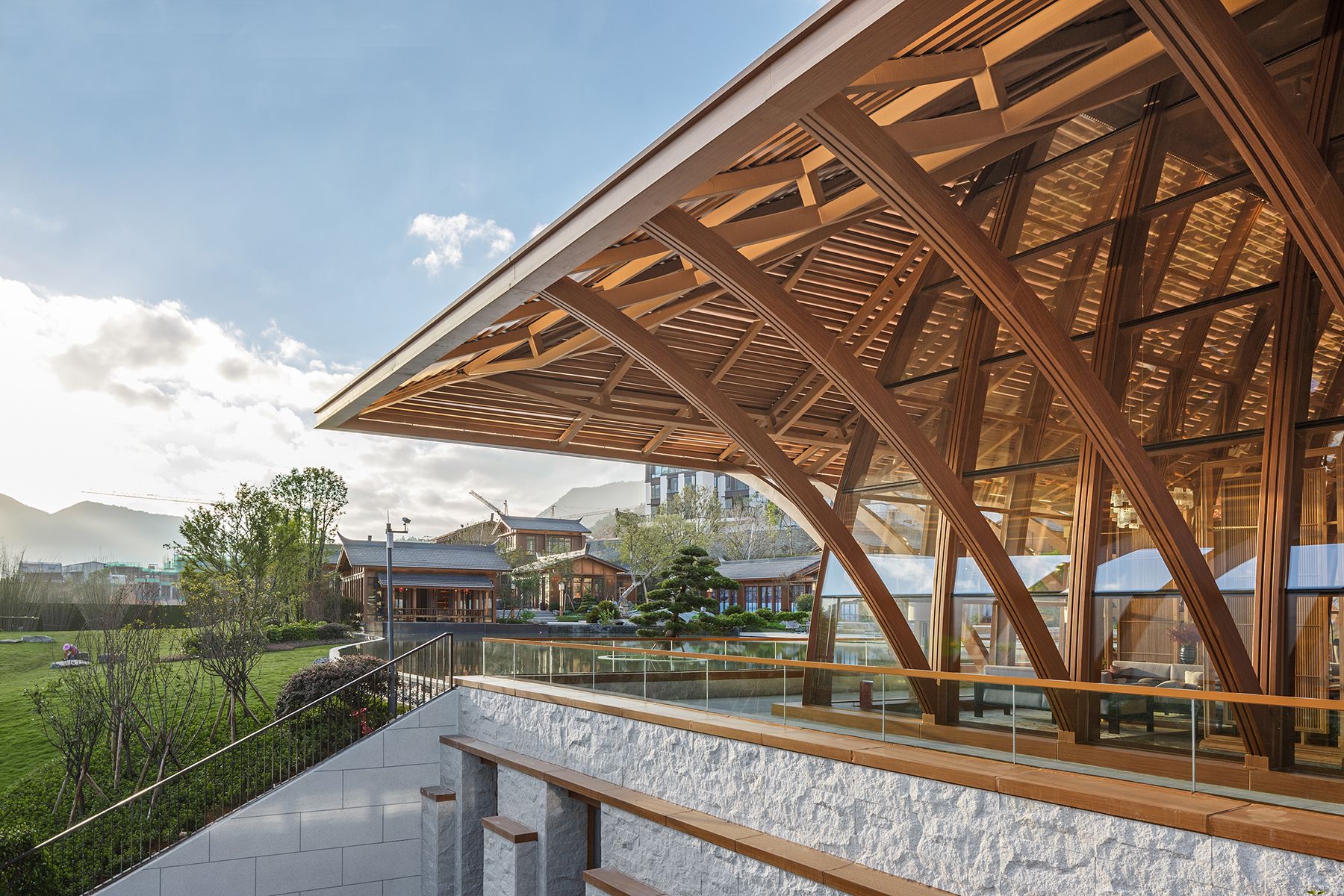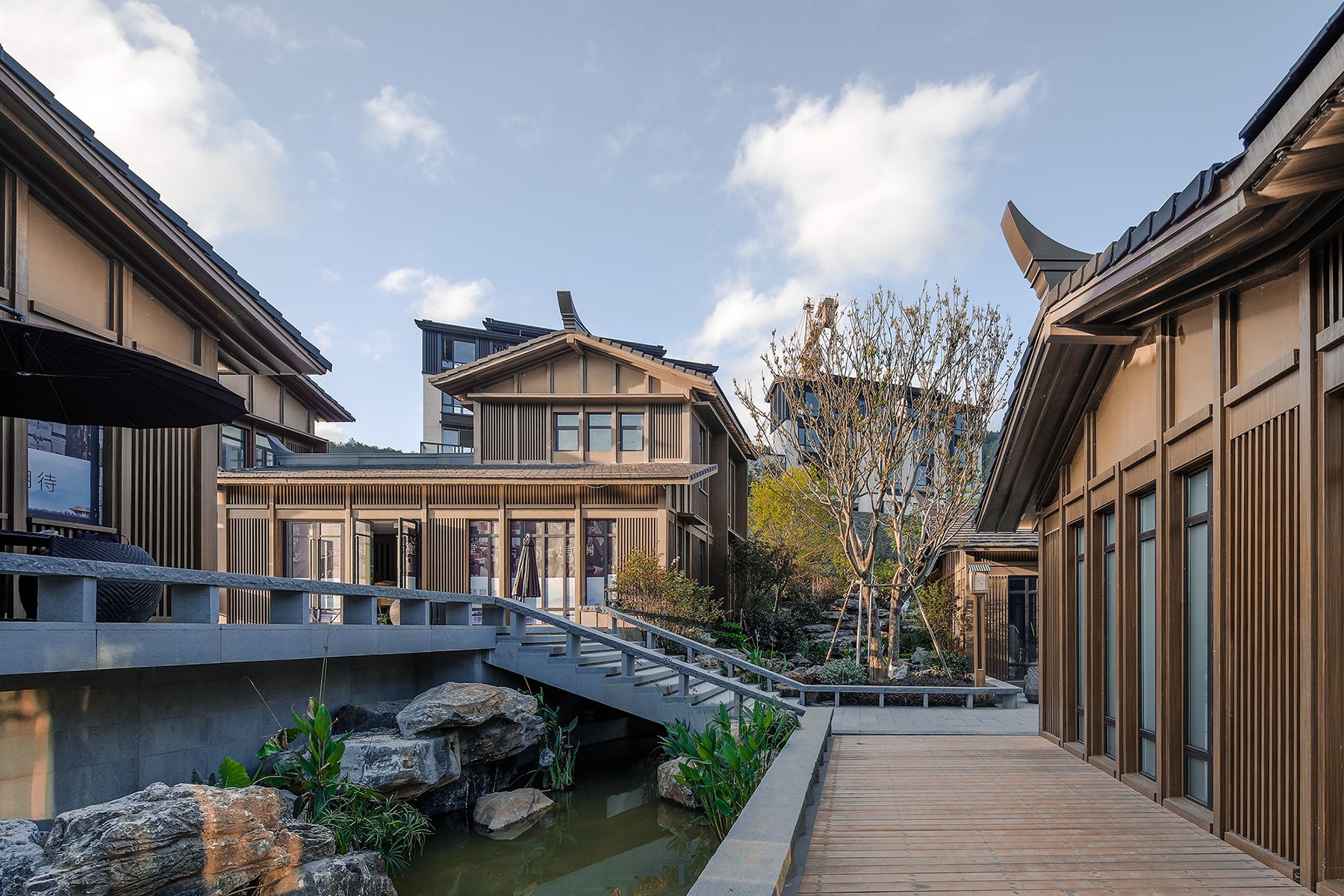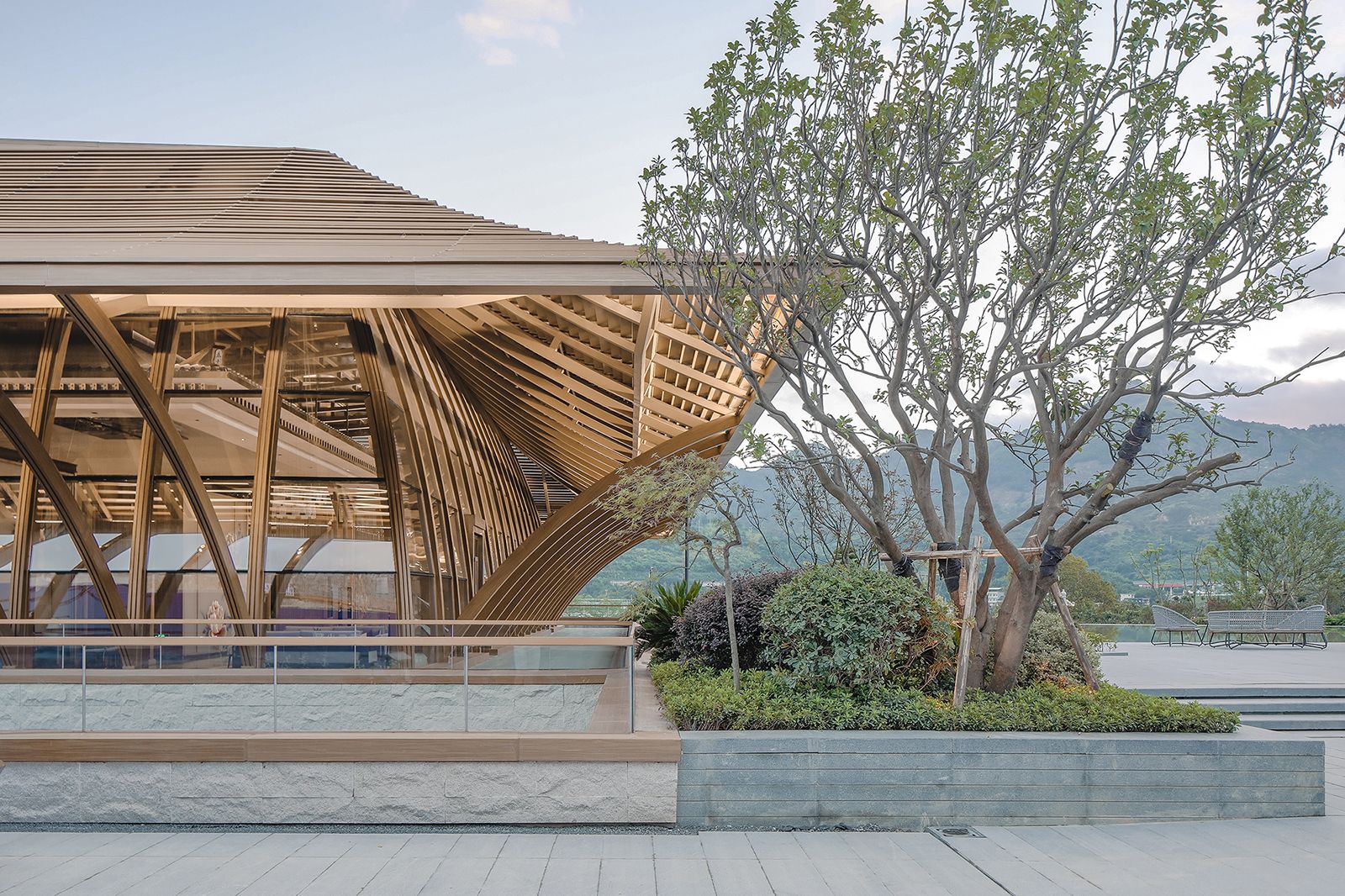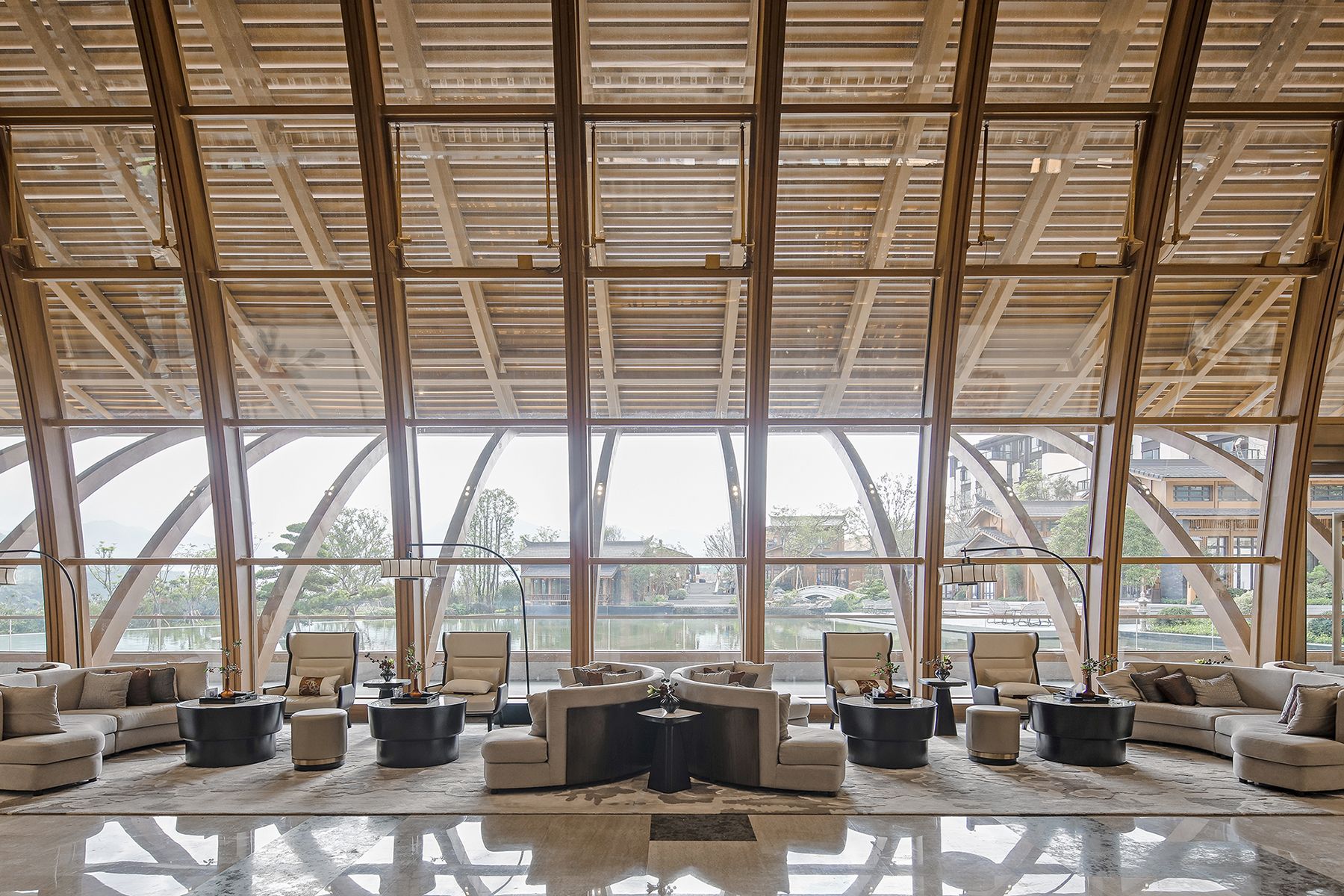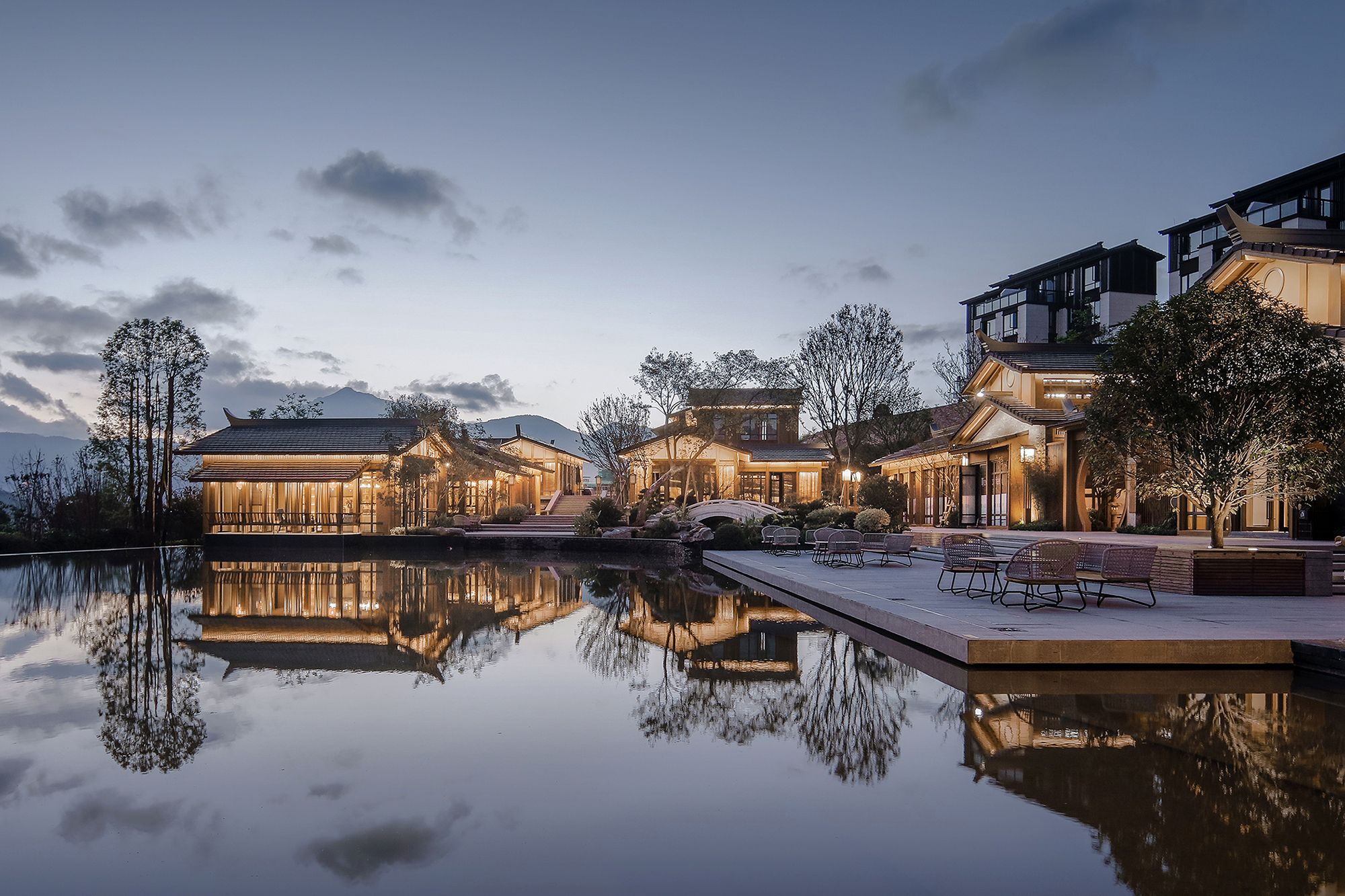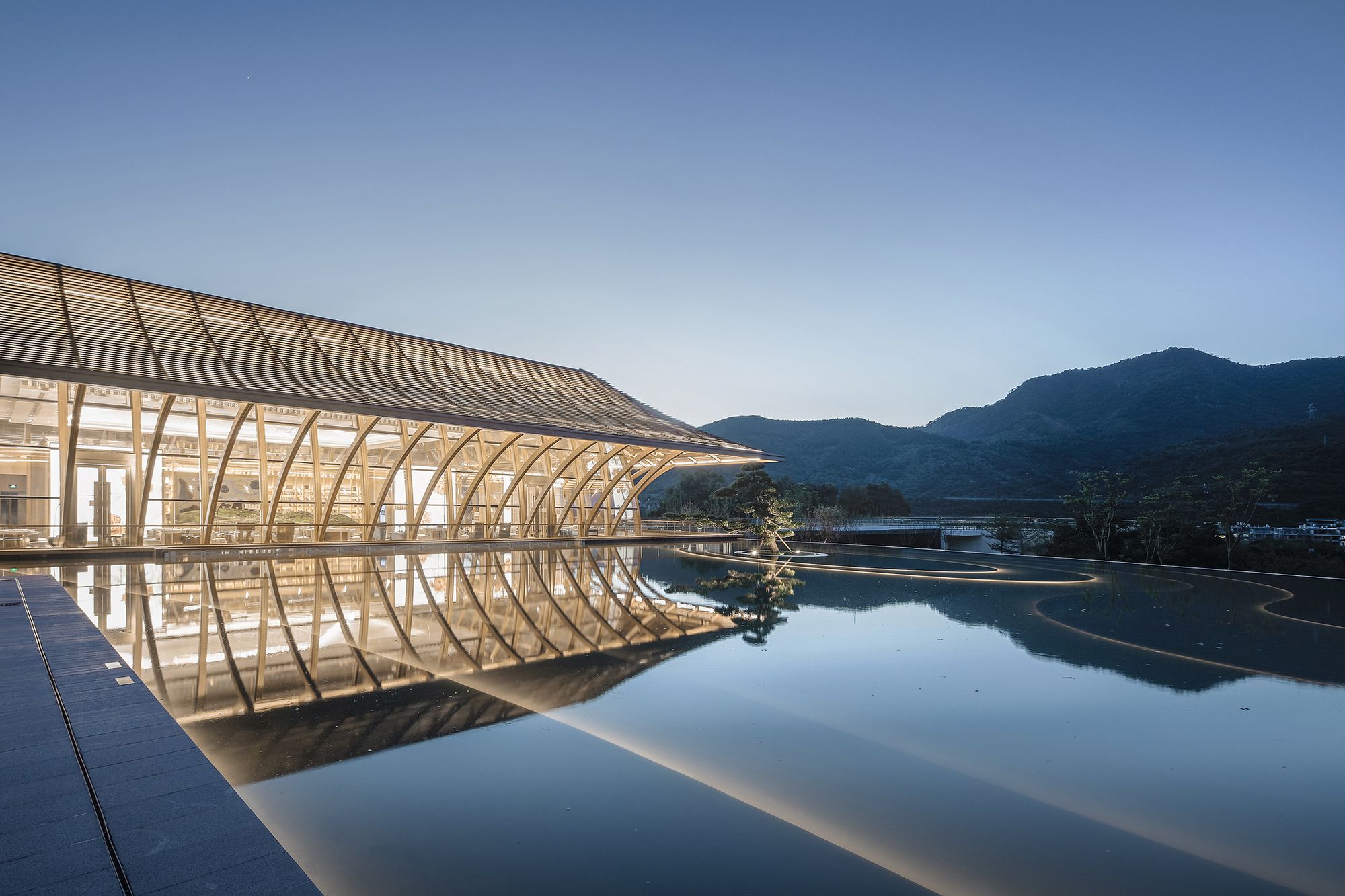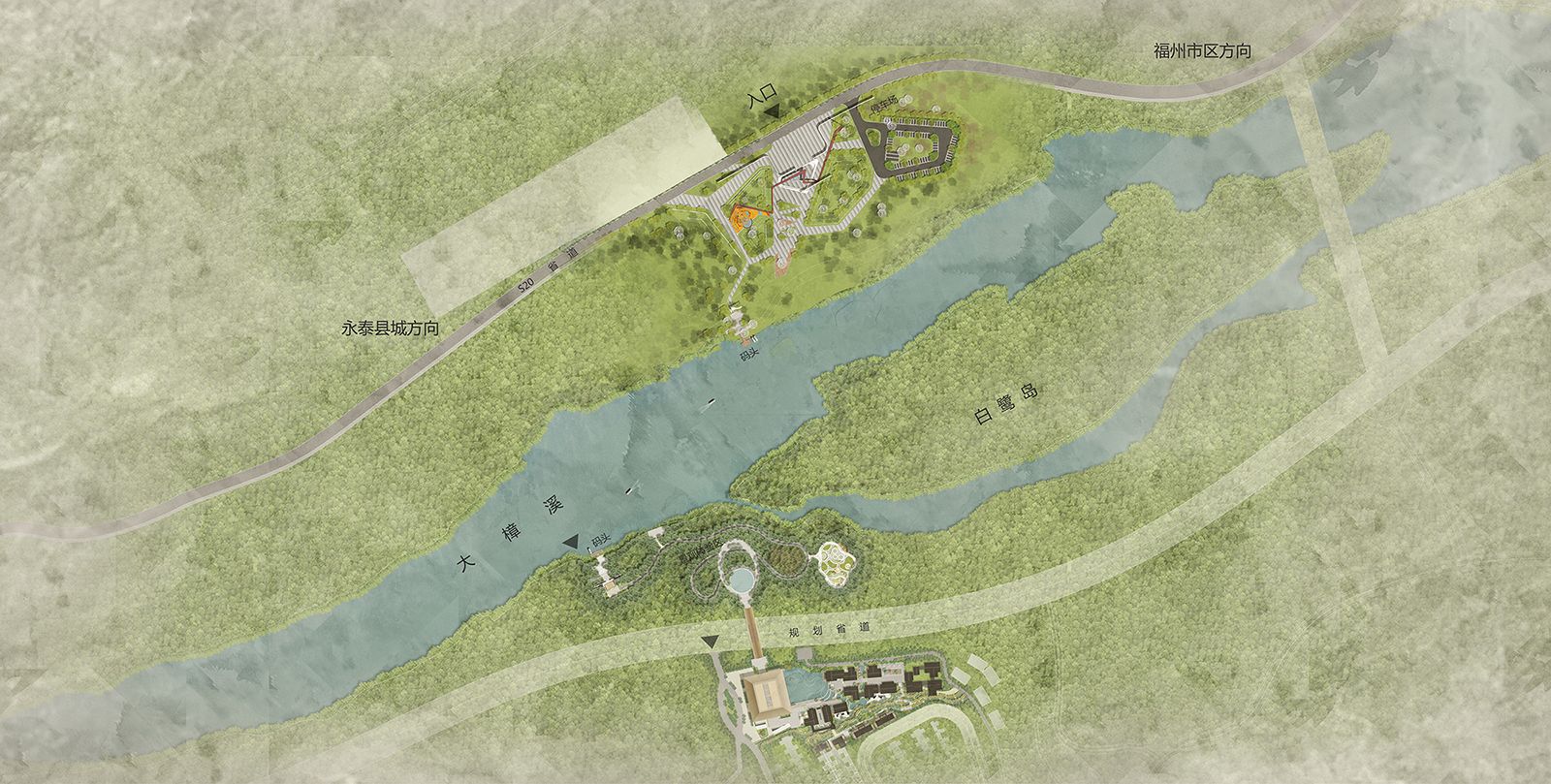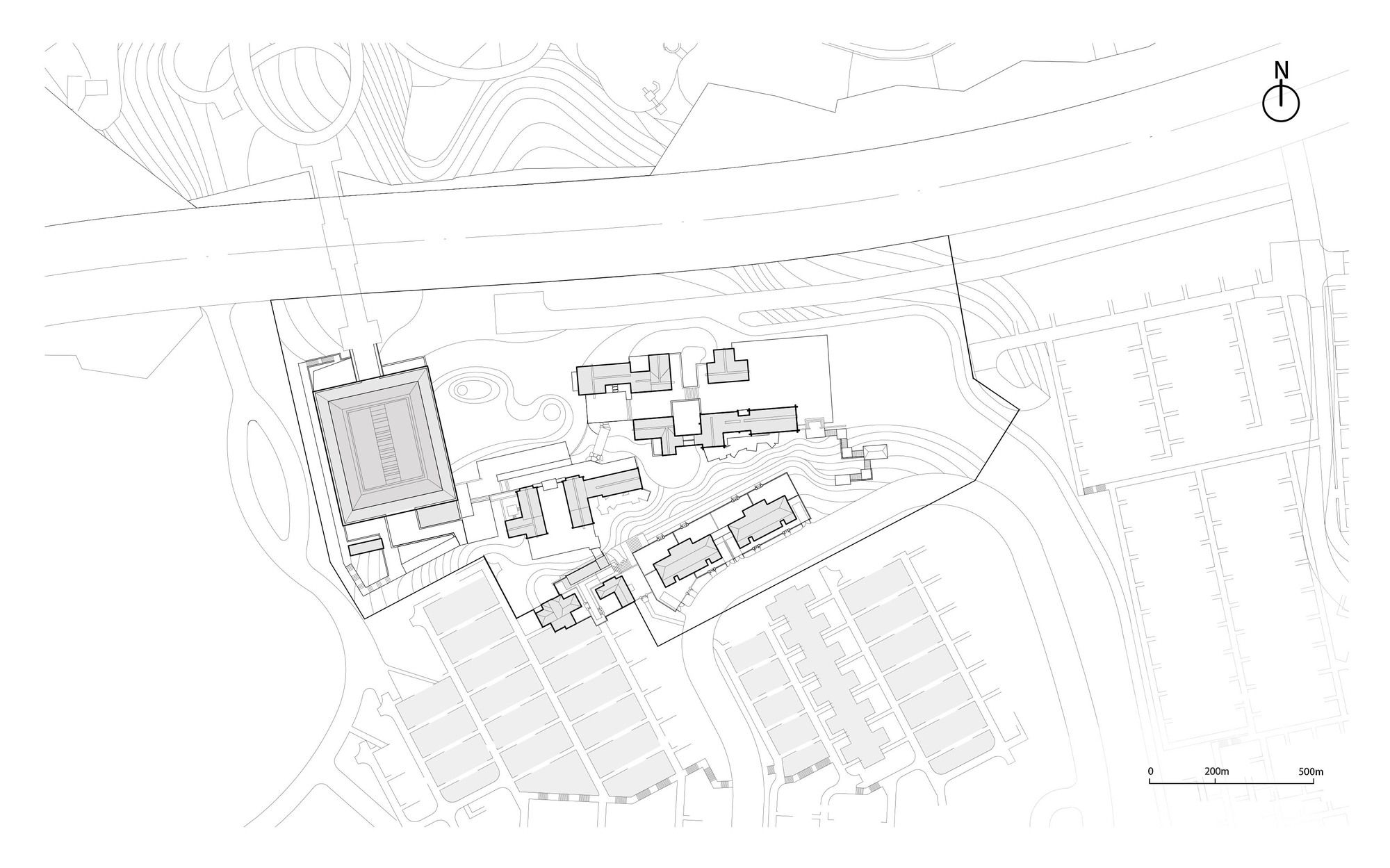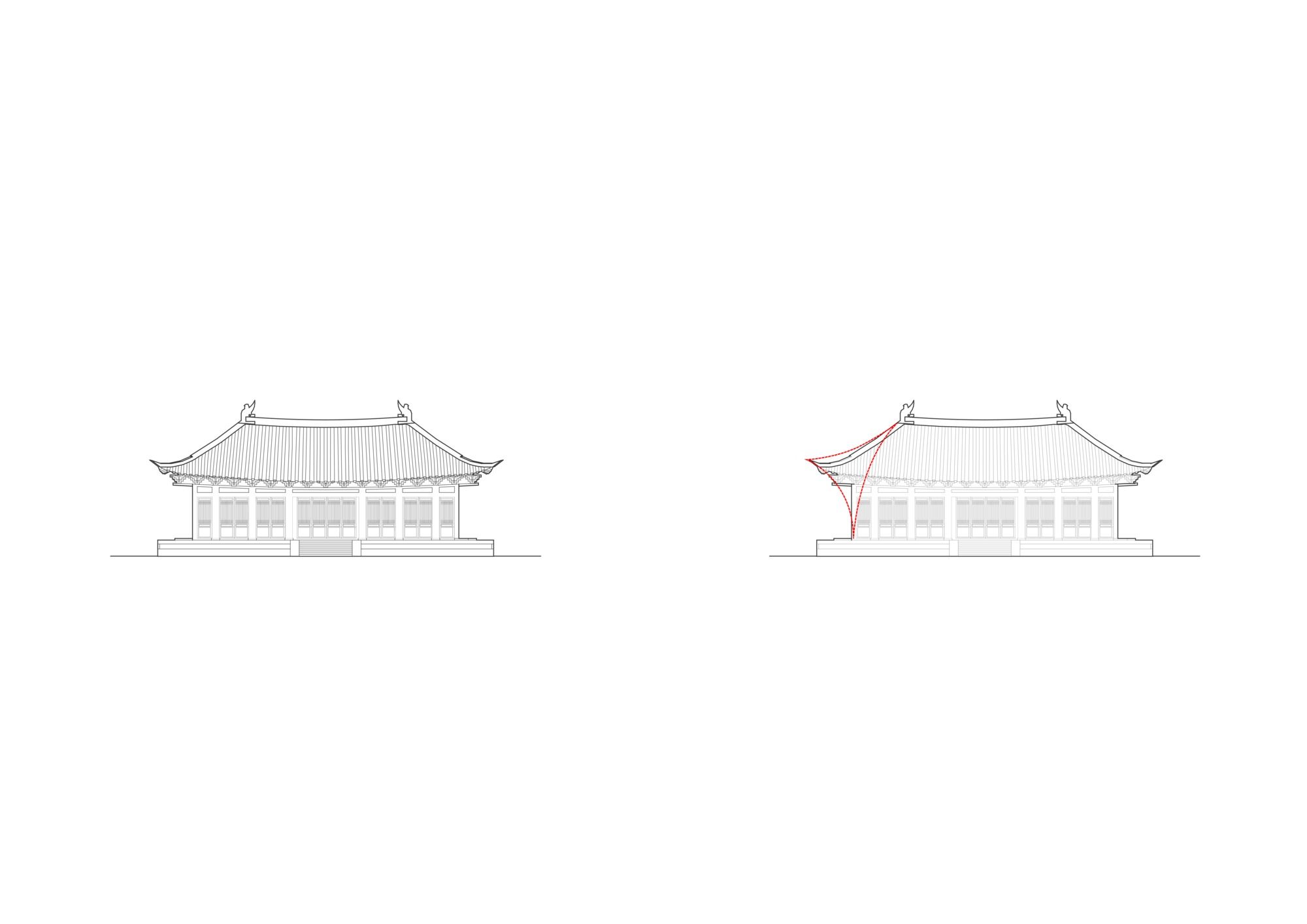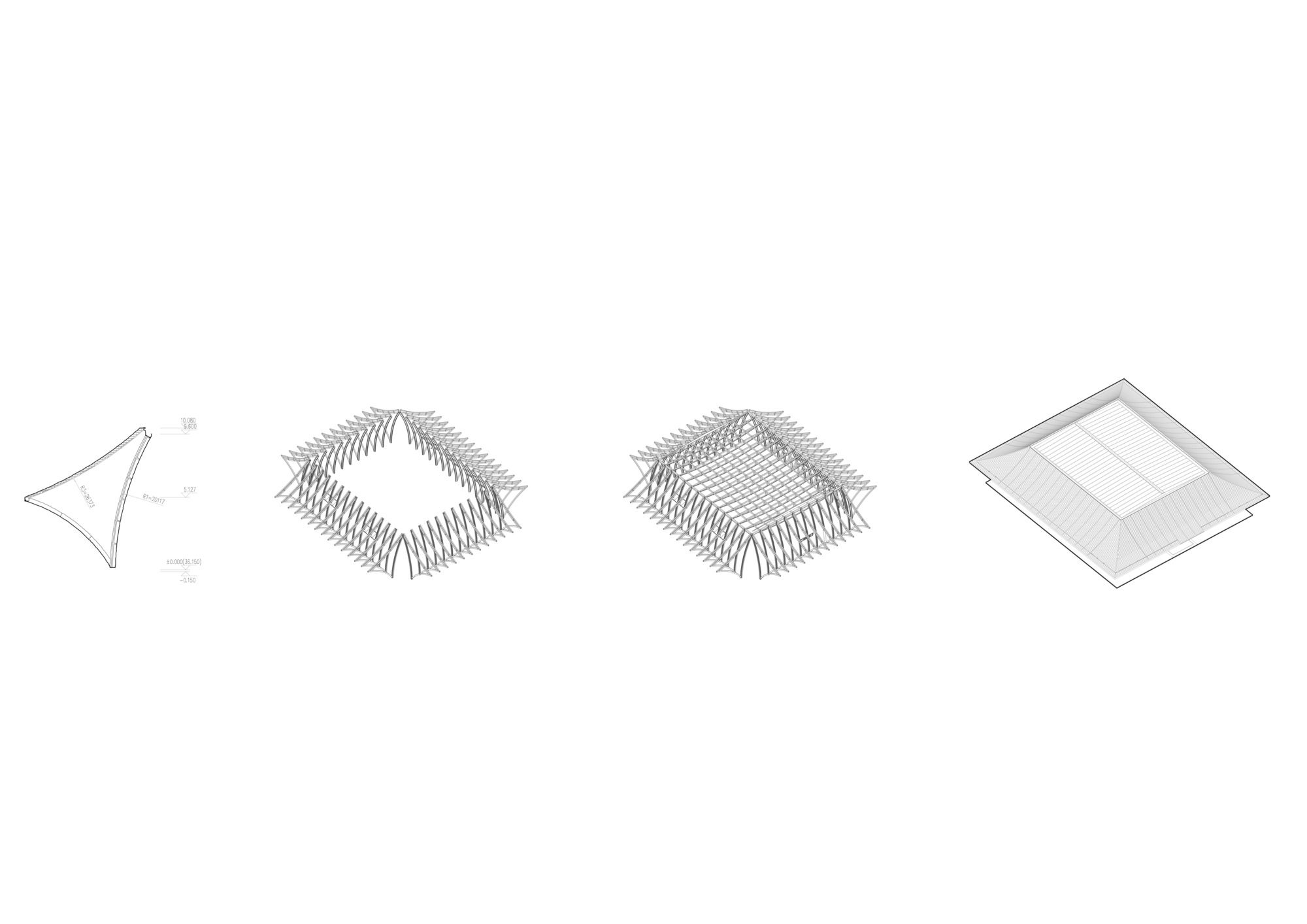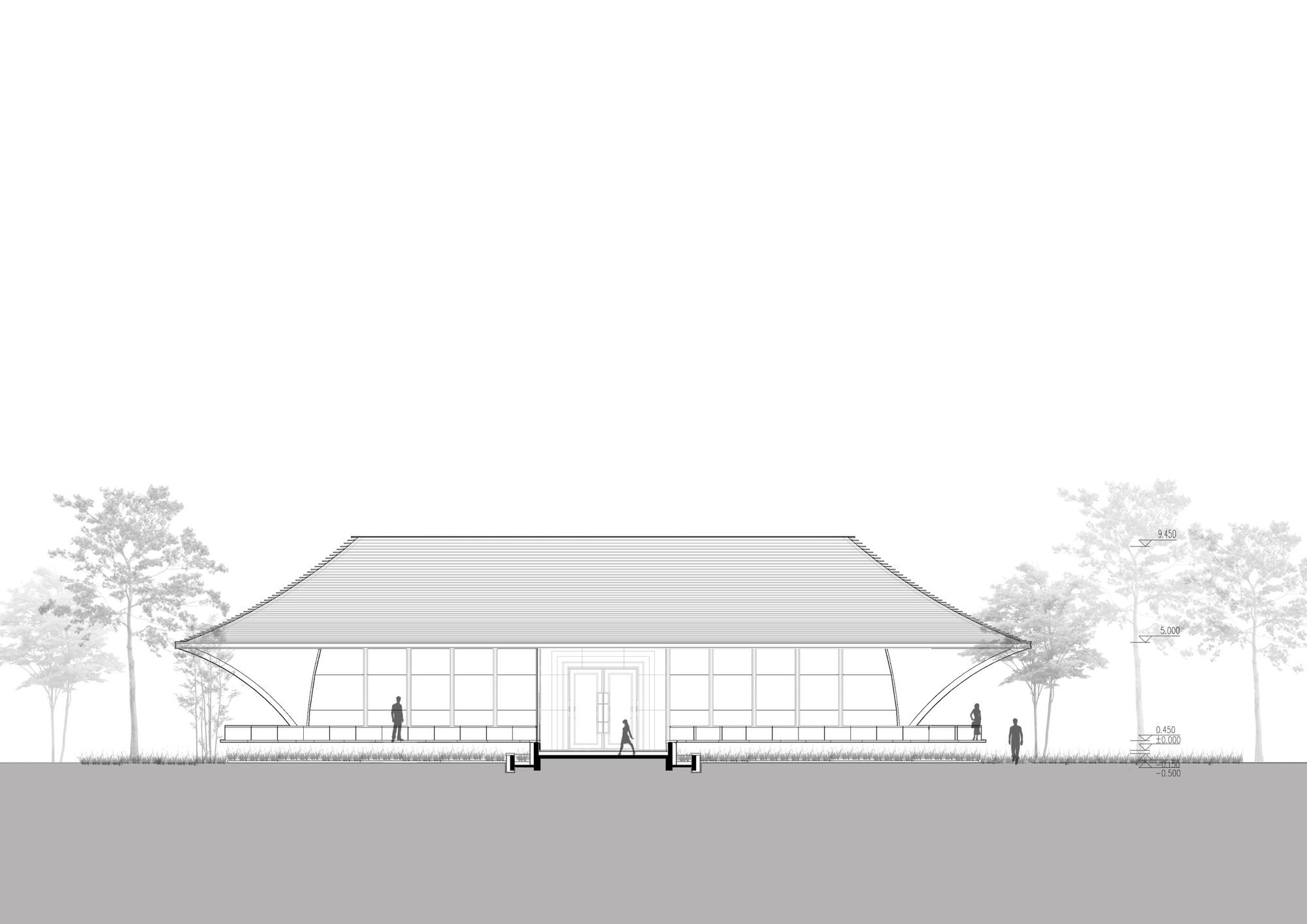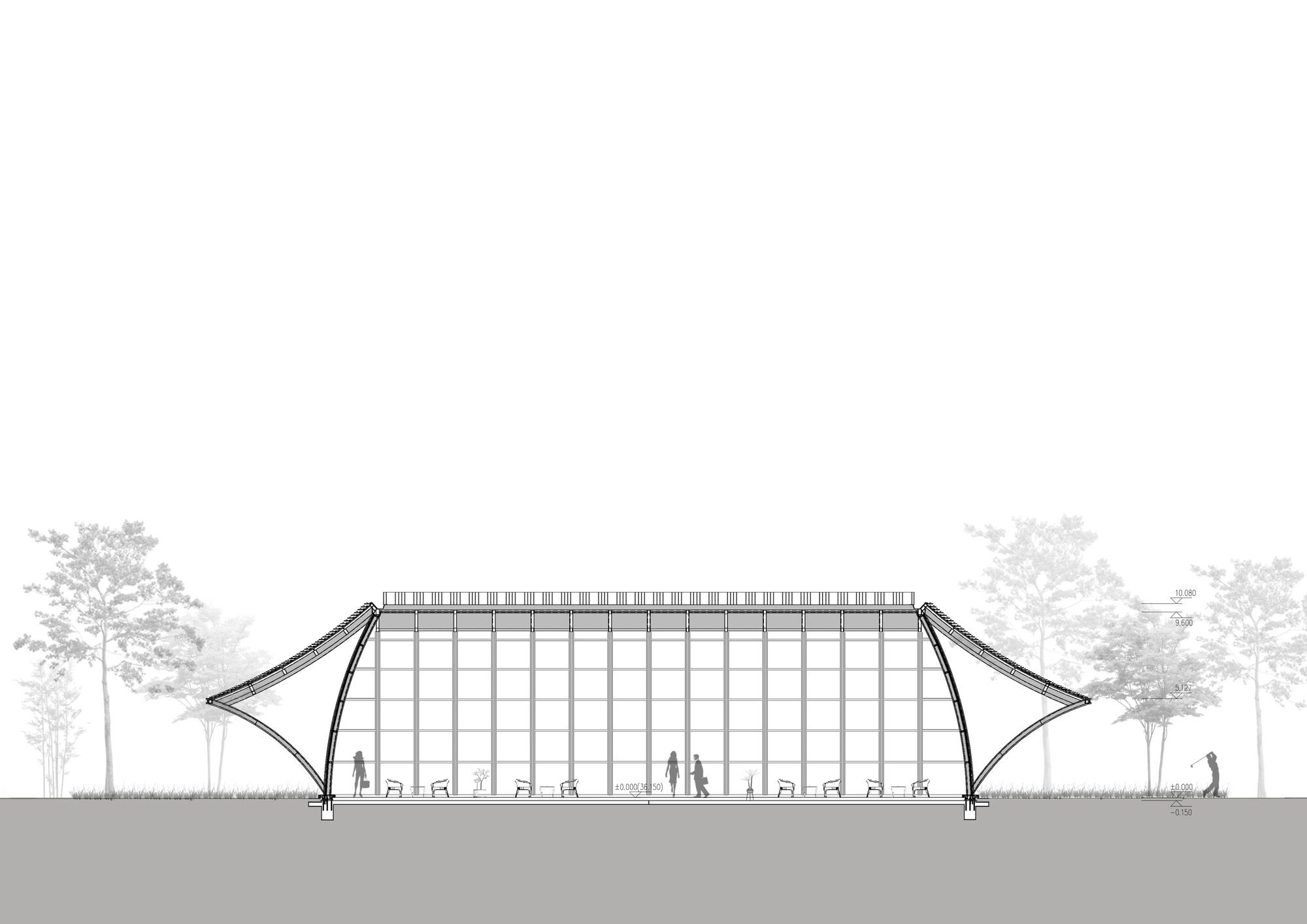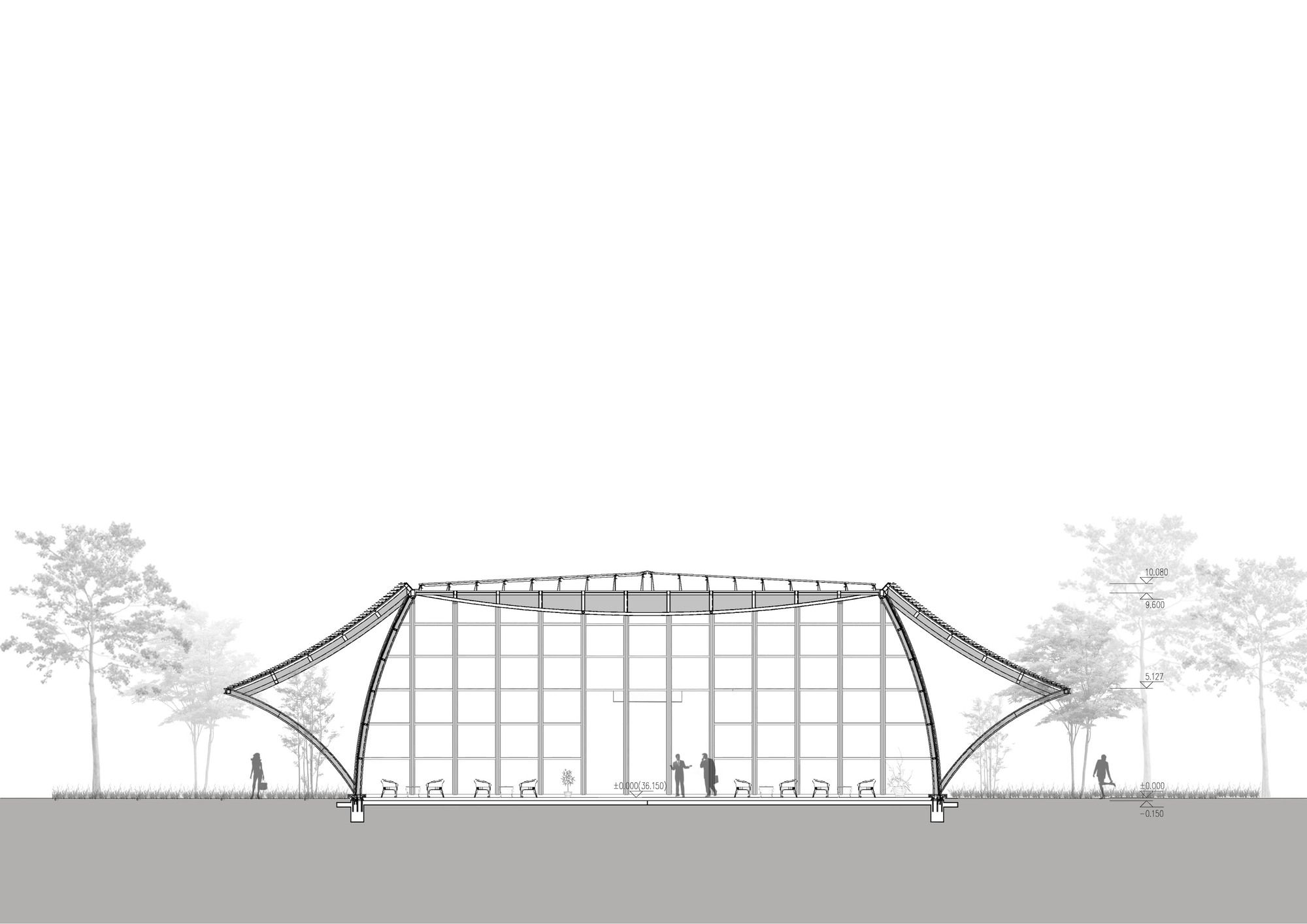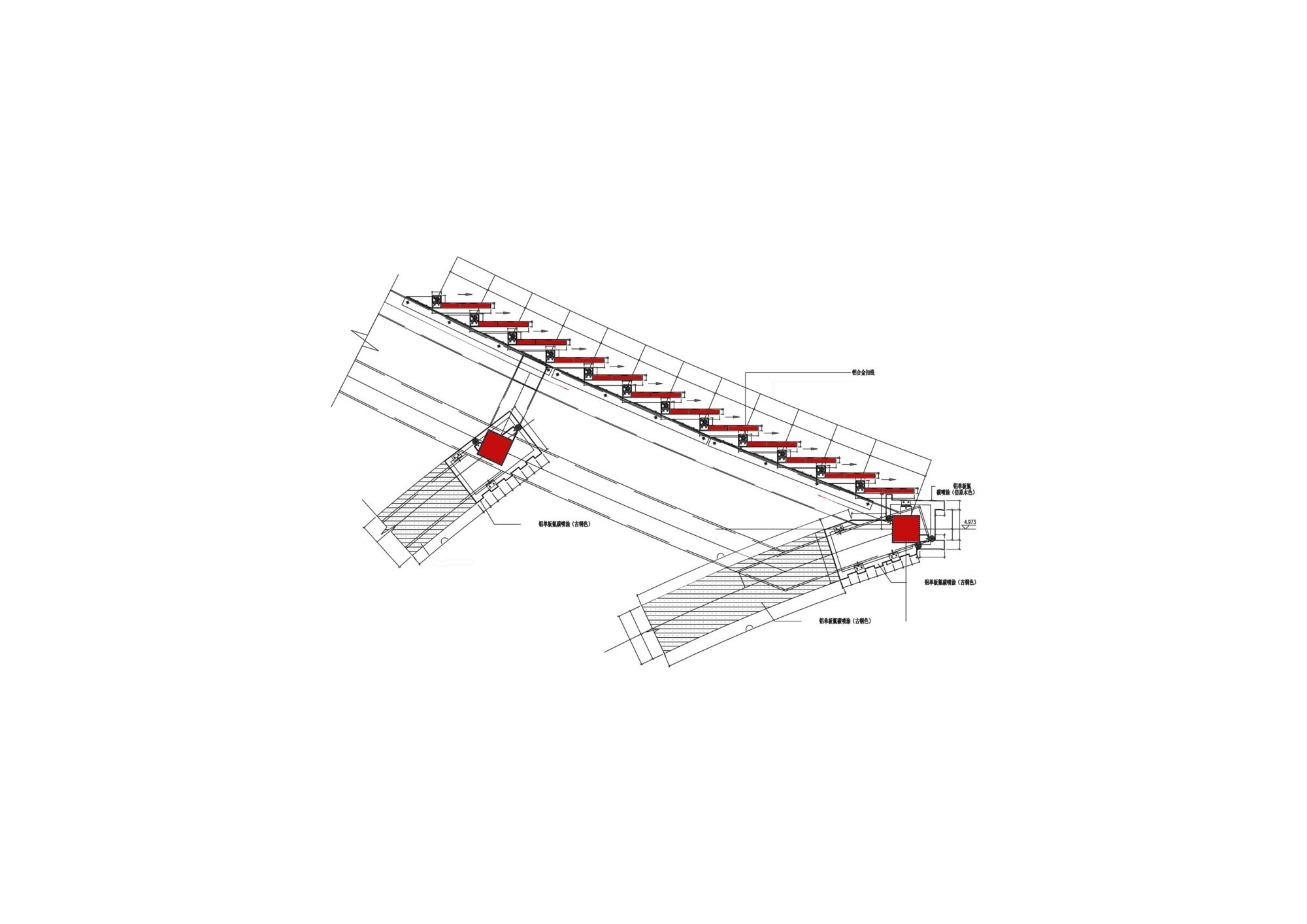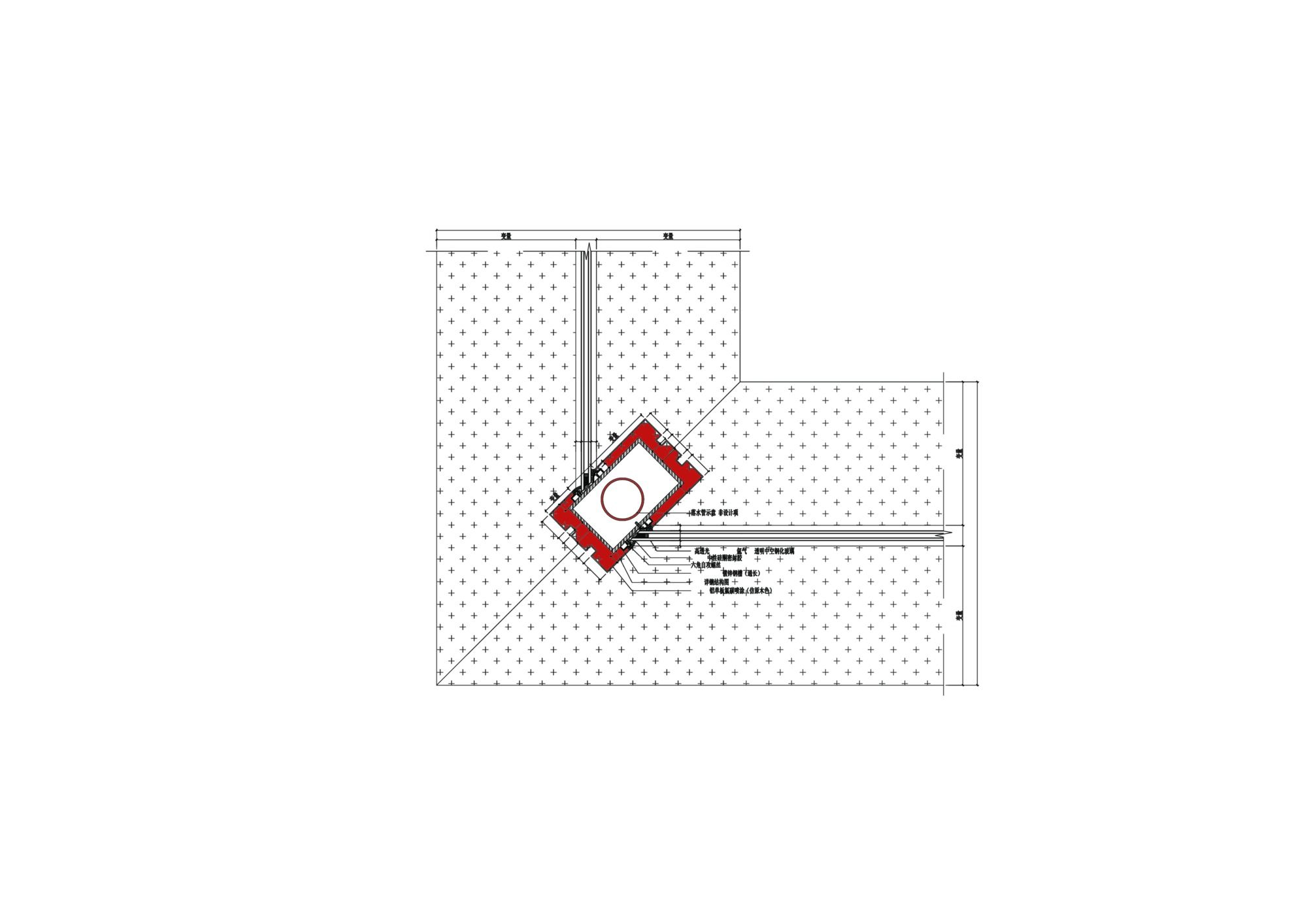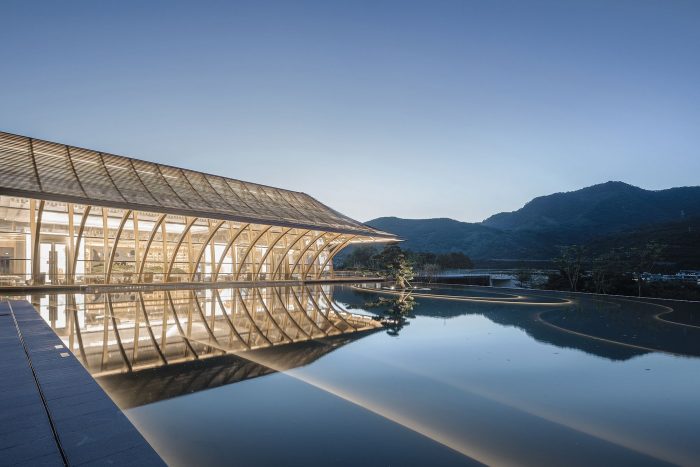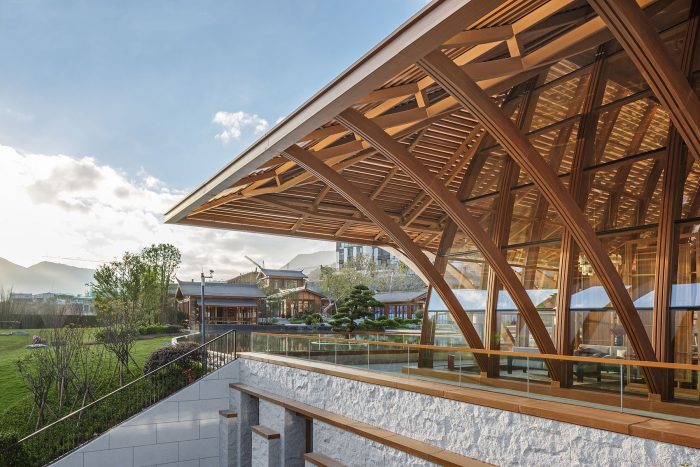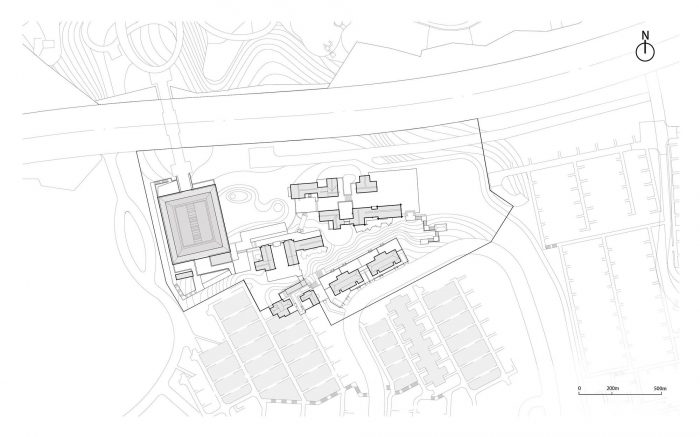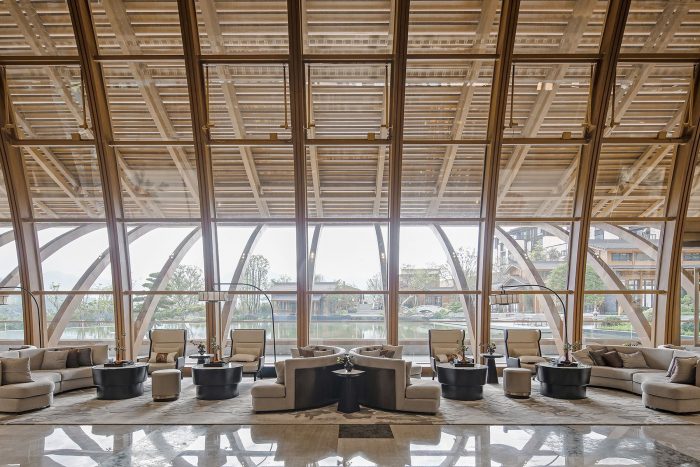Designed by Shanghai Tianhua architectural design, Tahoe Qingyun Town is located 30km southeast of Fuzhou. For nearly a thousand years since the Southern Song Dynasty, Fuzhou Yongtai has been famous for its local cultural treasure. The beautiful natural and cultural environment of Yongtai is marked by a combination of trees, creeks, mountains, and streams. Based on its natural environment, Tahoe is dedicated to creating a unique resort spot integrating a traditional Zen culture of the Song Dynasty.
Tahoe Qingyun Town is adjacent to Dazhang Creek in the west. In the initial stage of construction, the traffic around was blocked, and therefore it was hard to reach the spot via land. Visitors needed to take a ferry to the destination from the other side. Therefore, the inconvenience caused by the alternation of water and land caused the primary problem of the design. Skillfully, the architects transformed the parking lot and the north dock into the starting point of the route and included the water transportation into the whole journey when visiting buildings. In this way, the obstacle was turned into an attraction. The boat trip allows visitors to see the scenery on both sides of the river. Up to the shore are winding paths in the bamboo forests. The sales offices stand at the end of the stairs.
The design refines the iconic elements from the roof of the Song Dynasty building and reassembles building blocks. The facade is outlined by wood grain aluminum plate to resemble the charms of the Southern Song Dynasty. The architecture is solemn yet unconventional, and demonstrates a new interpretation of the traditional design language. The whole building adopts steel structure. According to the proportion of building eaves in the Song Dynasty, triangular support is chosen as the repeatedly occuring element, which form the main structural system of the sales office in an orderly manner. At the same time, in order to create a large span, the roof adopts a fish-bellied truss to connect the vertical supporting elements. The eaves are designed to be hollowed out in order to deal with the local typhoon solution, and meanwhile to ensure high transparency.
Simplicity is the main goal of the design. To achieve this, the architect hides all the cumbersome functional components, among which roof drainage and eaves drainage were top priorities. By setting up a roof drainage gutter, the rainwater pipes are hidden in the building’s square columns, and the roof water can be discharged to the ground. Each eaves louver is designed with a drainage slope and a water retaining groove on the inside. In case of low volume rainfall, the outdoor space under the eaves is basically unaffected by rain. Therefore, the pure simplicity pursued by the architects is finally achieved.
The architect uses a double-layer hollow LOW-E high-transparent glass to hide the building’s maintenance structure, and highlight the load-bearing components. The glass skin of 4m square is placed in a curtain wall which only shows the vertical elements. The building is therefore bright and transparent. It also adopts natural smoke exhaustion with electric external openings and hangings window installed at a height of 6m to meet the physical ventilation requirements. At the same time, such design achieves the effect of visual transparency.
The building was built on a semi-slope, water resources are scarce, and fire protection is a major problem that needs to be solved. Architects integrate water features into the environment using outdoor pools for fire-fighting. At the same time, it enlarges the distance between the building and the commercial street, and serves as a buffer space between the building and the crowd, weakening the commercial atmosphere around the building and providing it with better scenery.
Walking along the water, the visitors encounter the Zen Commercial Street. The architects added semi-outdoor spaces such as pavilions, trusses, and corridors in the outdoor space, blurring the boundaries between indoor and outdoor spaces, integrating the environment into the building. It serves as a dynamic part of the courtyard and provides a quiet place to rest. The roof of the building is inspired by the swallow’s ridge of traditional Fujian architecture. It reflects the subtle style of southern Fujian and demonstrates charming regional characteristics. The heritage of traditional architecture was interpreted in a new way.
The area draws on Chinese gardens and demonstrates abundant changing landscape which shifts by step. The architectural landscape is carefully arranged. The hills, pines, semi-circular arches and ground patterns in the backyard all cater to the aesthetics of the Song Dynasty. They recall the taste of traditional gardens and blend with modern architecture. The visual experience is more three-dimensional. The landscape corridor themed “stone path and the sound of spring”, the carefully crafted materials and plant use, etc. all demonstrate subtle details which emphasize rural pleasure and combine to build up a multi-layered space.
Project Info:
Architects: Shanghai Tianhua architectural design
Location: Yongtai County, Fuzhou, Fujian, China
Architect in Charge: Mengjie Gu
Design Team: Dong Xu, Zhelu Jing, Longfei Zhu
Area: 3000.0 m2
Project Year: 2018
Photographs: SCHRAN Architectural Photography
Manufacturers: 信义玻璃
Client: Tahoe Group
Landscape: GM Landscape
Design Interior: WU: Z Design Co., Limited
Project Name: Tahoe Qingyun Town
